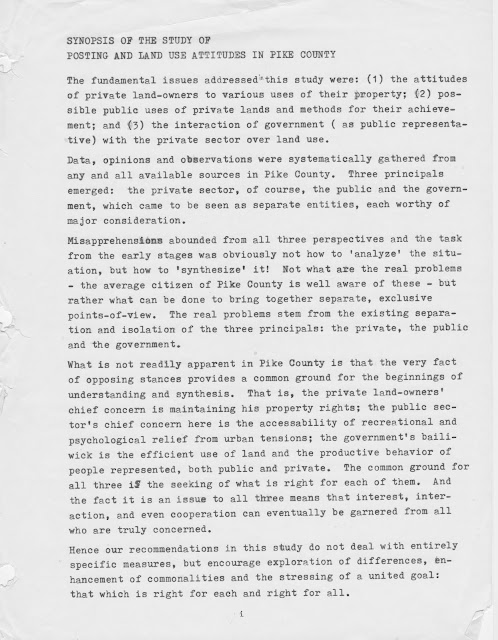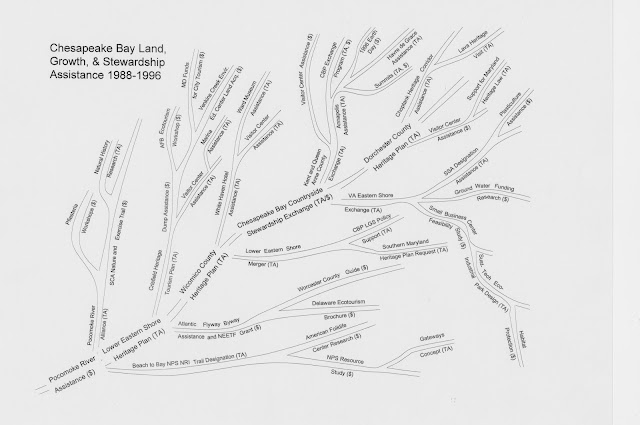Reflecting on Furloughs
J. Glenn Eugster
October 4, 2013
I worked for the federal government from 1976 until 2008 and I believe that I witnessed everything at least twice. The feds were furloughed 17 times during my career. The longest time was in 1996 when we were out for 21 days. Most of the time it was no big deal because the work belonged to us and we decided where and when it would be done. True the government and Congress own the buildings, desks, cars, phones, copy machines and computers, but the work has always belonged to the workers.
Early in my time the President hired Jim Watt to lead the Department of Interior. His approach was to threaten everyone with a "reduction in force". Frankly that administration didn't believe what we were doing was necessary. The threats worked and 12 of my staff of 15 left voluntarily for fear that they would be "reduced". From that experience we were more determined not to let politically-motivated people take our jobs from us. You see we were public servants and we believed in the idea of working in the interest of the public. The free-market system can do a lot of things but it cannot represent the public interest in America.
Some days during this period the situation was dismal. Once, with a death-wish in our heart, we organized a workers-strike--complete with a signed resolution, and walked off the job one afternoon. Luckily we reconsidered before anyone knew we were gone.
When we recovered from the Watt years we accepted the fact than many federal agency managers were mean-spirited with agendas which were more political that public. We grew our budget to over 2 million dollars and hired a staff of 43. We recruited people who believed that their work was important. Our belief was grounded in our legislative mandates and the strong support we received from state, local and private leaders across the U.S.
When you are working as a fed and a furlough comes it turns-you-around. Some people find the experience not worth the trouble and move on to the private sector or other levels of government. For those of us that braved the storms of uncertainty we took refuge in our belief that it is an honor to serve our country and the work was what made the good times and the hard times worth it.
Those on furlough today need to use their down-time to think about what motivates their interest in federal service beyond a job or a paycheck. Finding a job is easy. Finding a job that makes a difference and that you have a passion for is more of a challenge. No matter what, until you decide differently, the work belongs to you.

















































